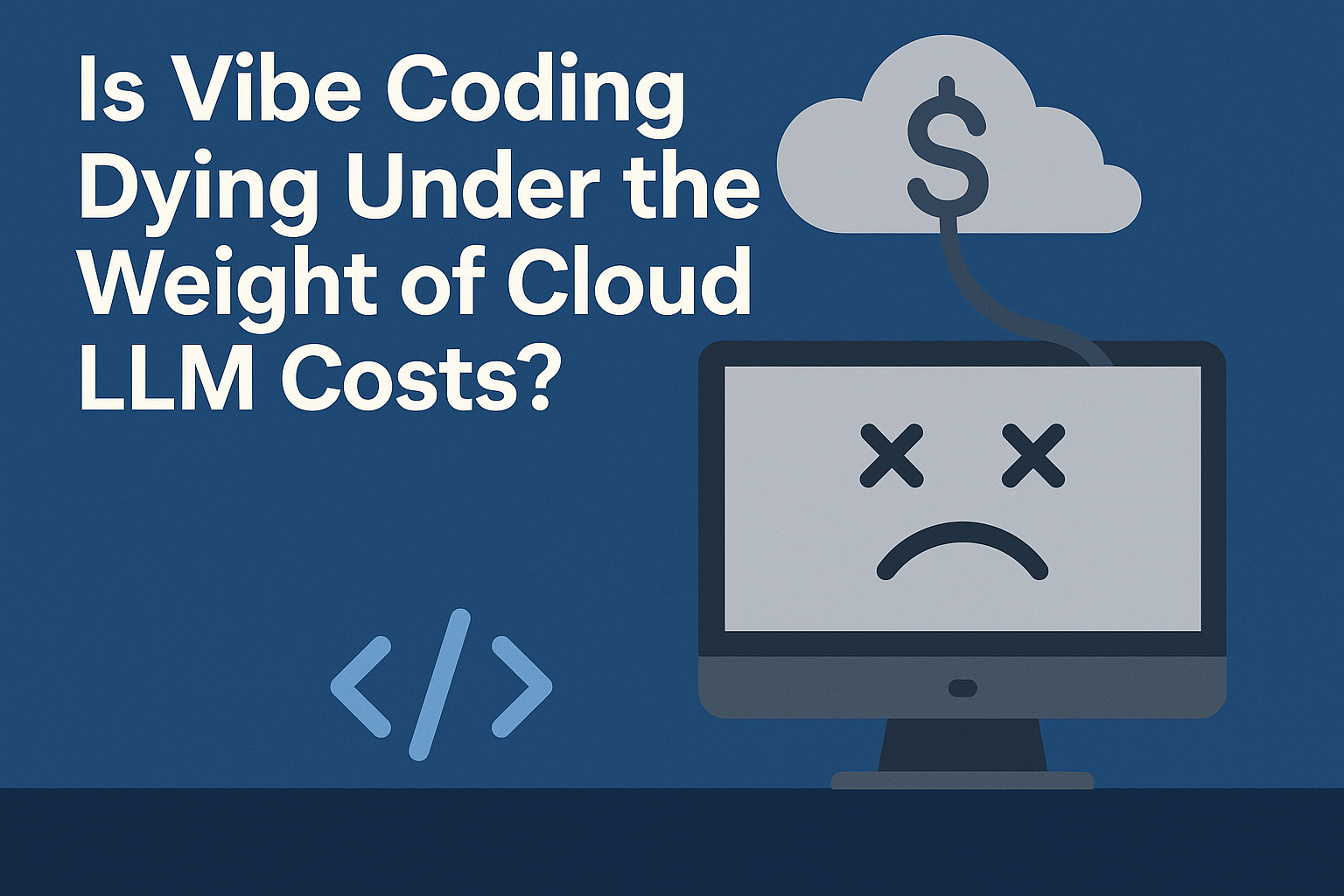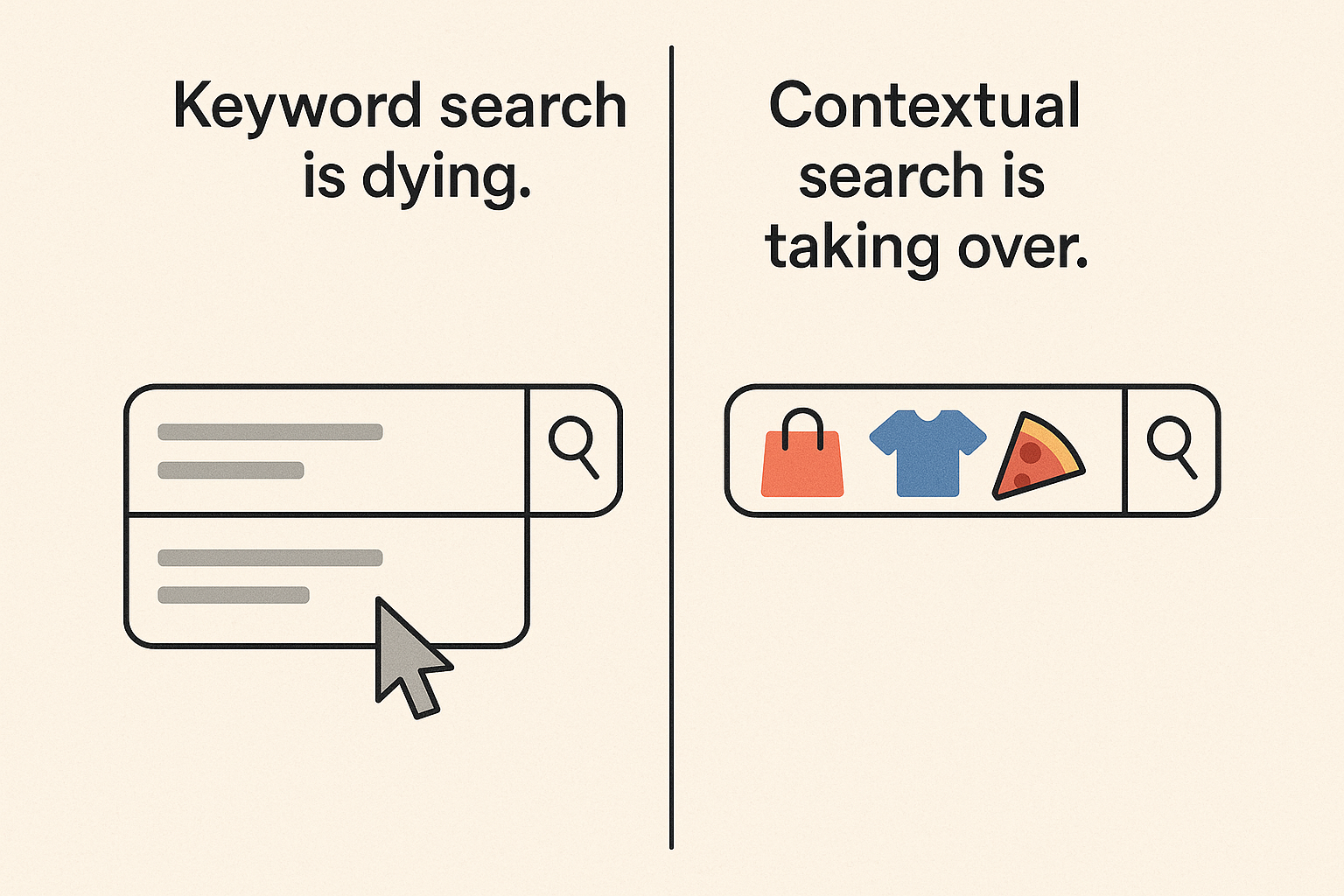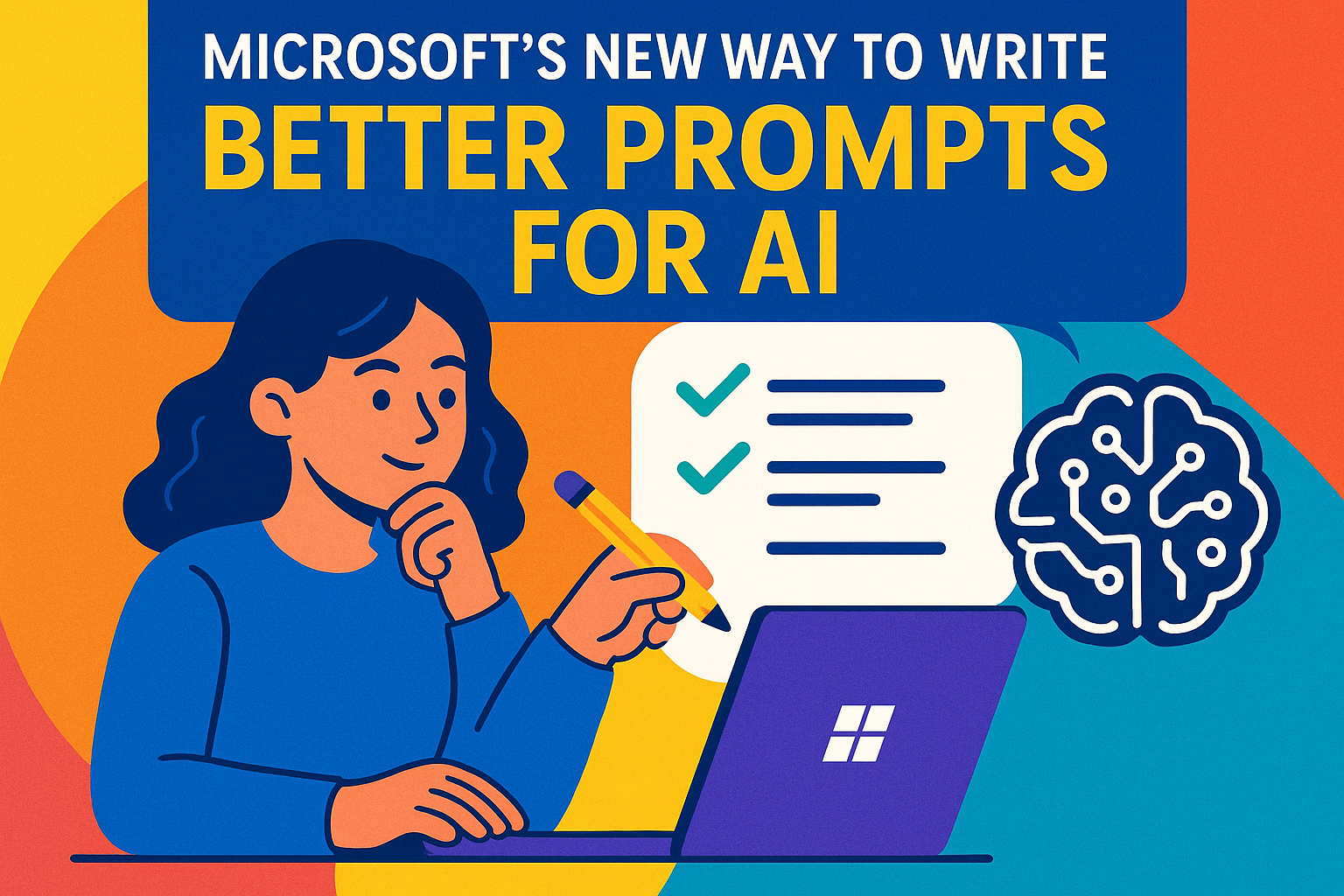By Manish Sunthwal — Sr. TPM | Offline-First AI Advocate | AI Builder
Over the past year, we’ve seen a creative renaissance among developers and makers through something we lovingly call “vibe coding” — that beautiful state where you explore, build, and prototype AI ideas rapidly, powered by cloud-based large language models (LLMs) like GPT-4, Claude, and Gemini.
But here’s a hard truth many builders are beginning to feel:
⚠️ Vibe coding is becoming unsustainable — not because of innovation limits, but because of the cost of experimentation.
Let me explain.
💥 The Problem: Token Costs Are Rising — Stealthily
Cloud LLMs charge based on token usage — a combination of your input prompt, the context you provide, and the output you request.
In early 2023, many of us could prototype fast:
- Input prompts were short
- Models had smaller context windows
- Output was reasonable, and bills stayed low
But today?
- Prompts have grown richer (think: system prompts, multi-turn conversations)
- Context windows have exploded (from 2K → 8K → 128K tokens and beyond)
- Models retain more history and process more at once — resulting in exponentially more token usage per interaction
Result?
💸 Even casual experiments are starting to eat through thousands of tokens — and that means higher costs, even for a small side project.
📉 What’s Getting Lost? The Spirit of Vibe Coding
Vibe coding wasn’t just about results — it was about flow:
- Build fast, break fast
- Prototype with joy, not pressure
- Tinker without worrying about bills
But now:
- Developers are hesitating before running a prompt
- Side projects are getting shelved or throttled
- Exploratory builds feel more like metered services than creative playgrounds
“That spark of spontaneous coding joy? It’s getting clouded by cost anxiety.”
🤔 So What Changed? Context Windows and Token Inflation
Yes, context window expansion is a double-edged sword:
- ✅ It allows richer memory, longer conversations, and more powerful apps
- ❌ But it silently inflates token usage with each interaction
You’re not just sending one prompt anymore. You’re feeding:
- History
- User intent
- Metadata
- Few-shot examples
- System messages
And with each expansion of context, even one-click actions start racking up 3–4× the previous token cost.
This isn’t just a financial issue — it’s a creativity tax.
🔍 So What’s the Way Forward?
If we want to preserve the magic of vibe coding, we need to rethink how we interact with LLMs — and where.
Here are a few thoughts:
- Smaller, local models (on-device, quantized, or CPU-optimized) are becoming viable for many use cases
- Hybrid approaches — run inference locally, use cloud only when needed
- Optimize prompts intentionally — avoid long histories, compress context, and focus on minimal inputs
- Leverage open-source LLMs like Mistral, TinyLlama, Phi, etc., especially for experimentation
✊ Let’s Keep the Spirit Alive
Vibe coding shouldn’t become a privilege. It should remain:
- Fun
- Fast
- Frictionless
As AI developers and creators, we need to protect this freedom — by exploring smarter infrastructures, and by pushing for more accessible, frugal AI options that don’t require a credit card to build.
Let’s vibe — but sustainably. 🌱
💬 Are you feeling this shift too? How are you managing cloud LLM costs in your projects?
Drop a comment — I’d love to hear how other builders are adapting in this new phase of AI development.
#AIWithManish #BotzMate.AI #AIBuilder #VibeCoding #LLMCosts #TokenEconomy #OfflineAI #EdgeAI #OpenSourceLLM #AIForDevelopers #BuildForBharat




